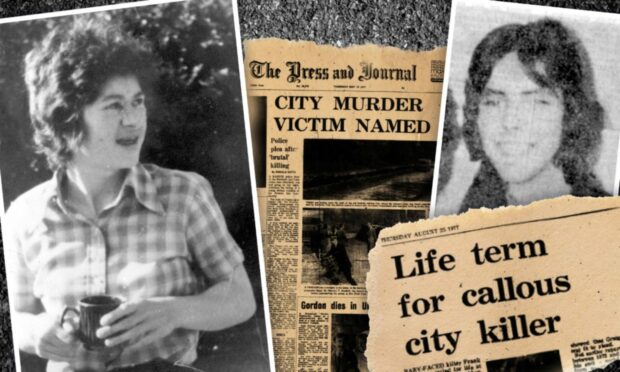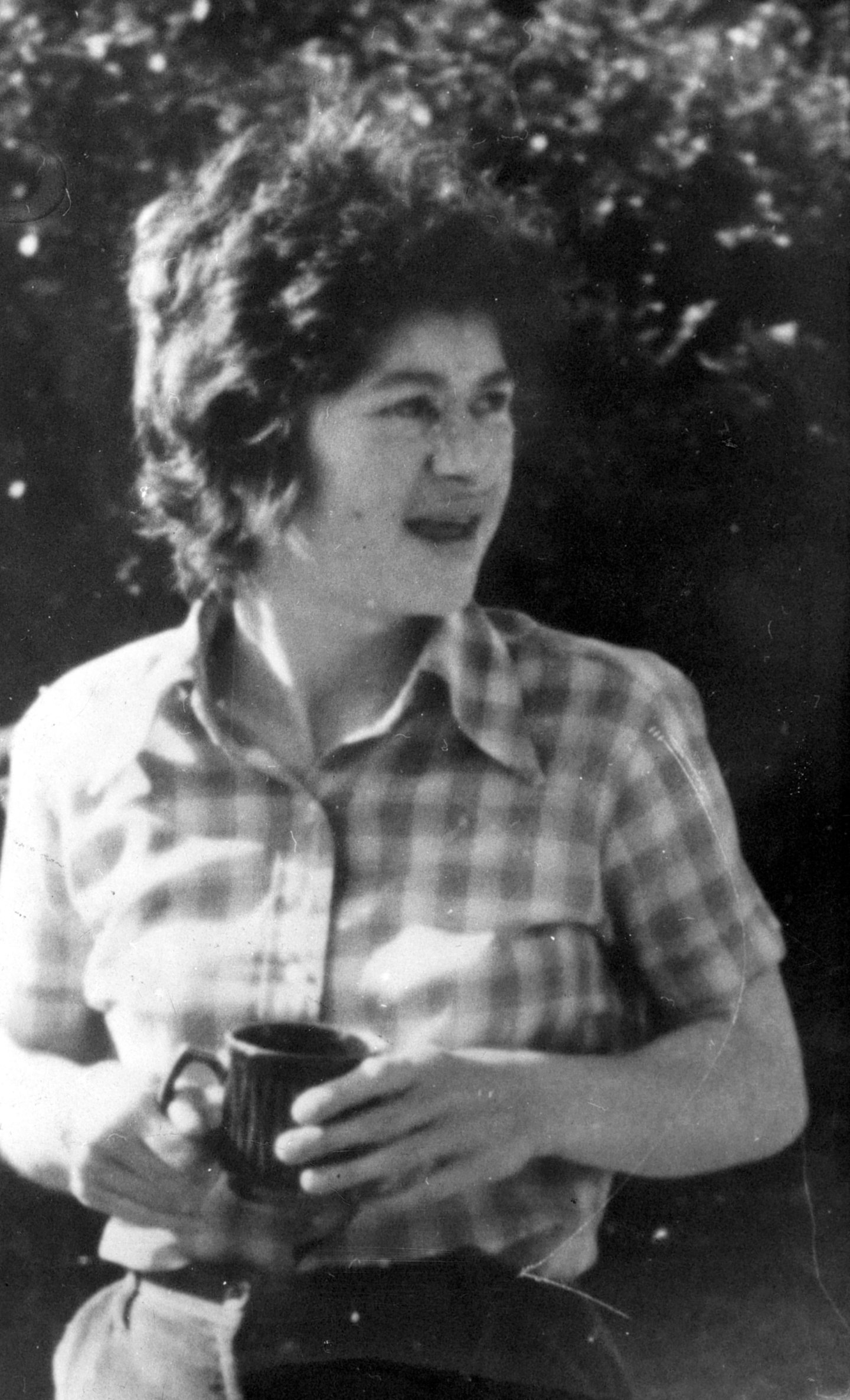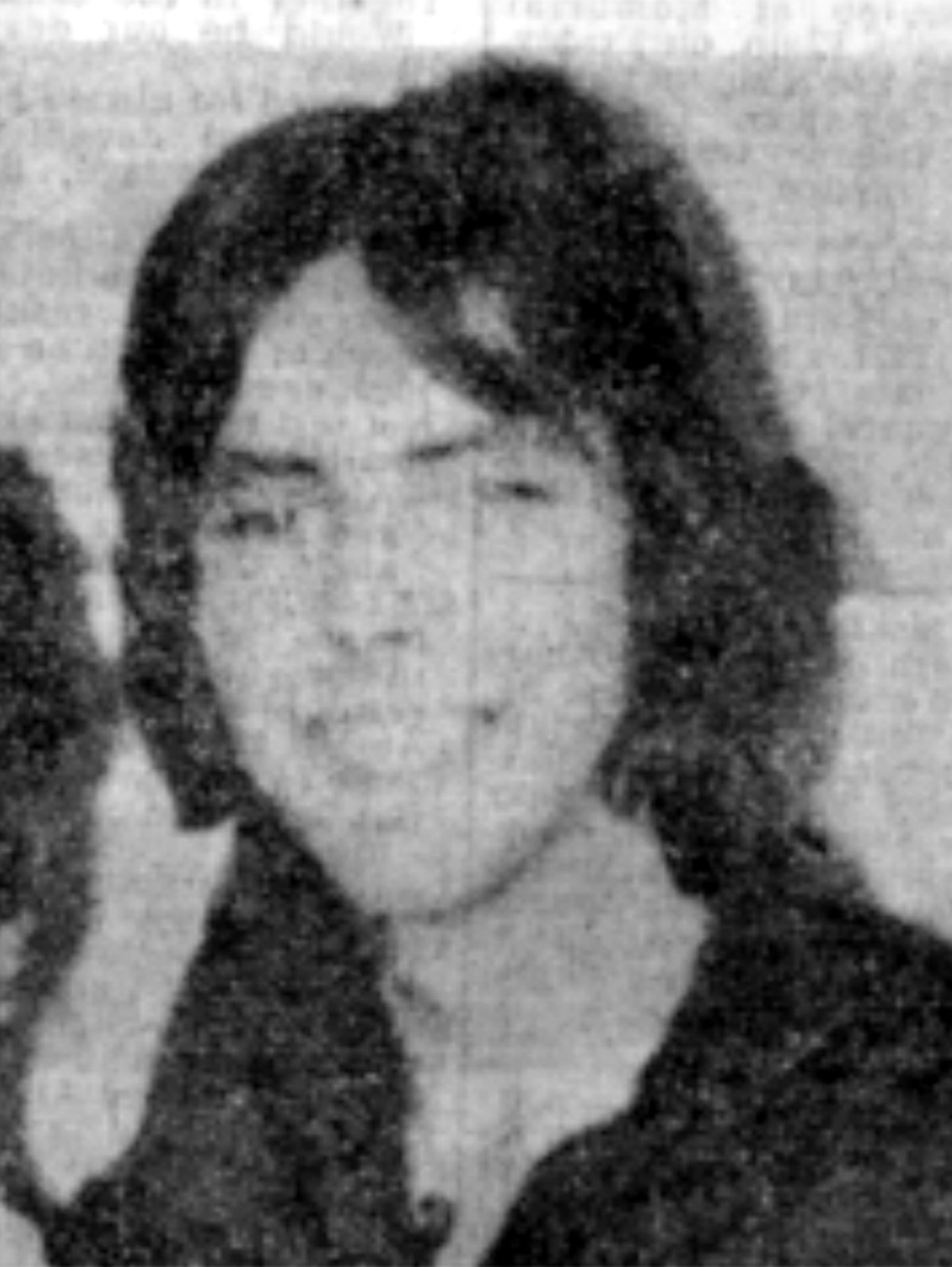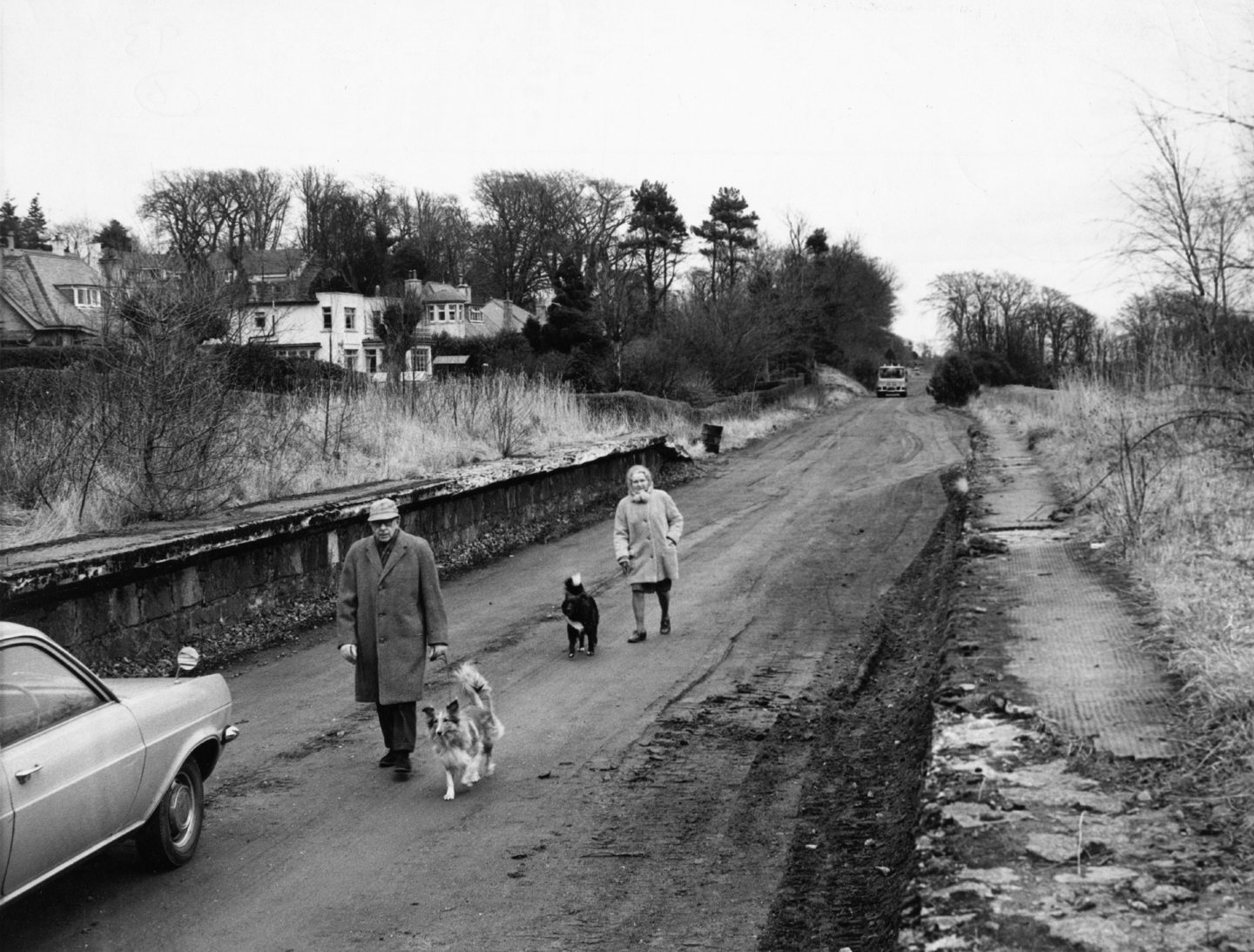It was a crime which sparked widespread revulsion 45 years ago.
Even hardened members of the Aberdeen constabulary, accustomed to dealing with the worst depravity of which human beings are capable, were left shocked by the senseless murder of Virginia Capper in 1977.
The victim, a 26-year-old English woman who was staying at the Newton Dee Camphill community, which offered a home and opportunities for adults with learning disabilities, was enjoying a spring walk along the old Deeside railway line on May 17 when she was confronted by 21-year-old Frank Greig.
If she was an innocent, he had already forged a reputation as a career criminal with a long rap sheet and a tendency for committing serious acts of violence.
It later emerged that he had been released on bail in connection with charges of indecent exposure on that very same day. And, in the space of just a few minutes, he killed and raped her and sparked a manhunt across the city as the police reacted swiftly to Virginia’s death.
The news caused consternation
Her body was found in secluded undergrowth, five miles from Aberdeen, on May 18, by a member of the public walking along the normally scenic route.
Virginia had died just 30 yards away from the first tee of Deeside golf course and less than a mile from Newton Dee, where she had been encouraged to “live her best life” in an environment which was far removed from where she had grown up at a vicarage in Birmingham.
Her parents, the Rev James Capper and his wife, Nancy, a doctor, were informed of the grim news on Shetland, where they were on holiday.
Senior officers created a serious incident mobile headquarters in the car park of the club and confirmed they were dealing with an especially barbaric crime.
Chief Det Sup William Archibald, the head of Grampian CID, took charge of inquiries and Chief Superintendent William Adams, commander of ‘C’ Division, in which the offence happened, also arrived at the scene.
The latter told the Press & Journal and other members of the press: “We have a brutal murder on our hands. We cannot emphasise that too much.”
Describing it as “a vicious and violent assault”, he said that the heinous nature of the crime made it imperative that any member of the public who could help the police in any way, even if it was with the smallest piece of information, should contact him and his colleagues immediately.
Some residents in Bieldside and Cults, who had noticed Virginia on her own in the past, were stunned upon learning the terrible news.
One woman said at a local coffee shop: “She kept herself to herself, but smiled at us when we caught her attention. The wee sowel wouldn’t have hurt a fly.”
Frank Greig was arrested by police
About 50 officers, including a squad of specially-trained detectives, were drafted in to commence the house-to-house round-up of hundreds of homes.
Three tracker dogs also helped uniformed officers carry out a wide search of the area at the golf course and along the disused rail line in both directions.
Their investigation soon yielded a breakthrough, even as Virginia’s distressed parents arrived in the Granite City. On May 19, the Evening Express led with the report that a man had been arrested in connection with the murder.
And, in the weeks that followed, details emerged of the previous offences which had been committed by Greig, an unemployed labourer who lived at 96 Inchbrae Drive, prior to being arrested and remanded in custody, following a brief private appearance in front of Sheriff Ian Park.
Greig had no thought for Virginia’s family, nor the extended brothers and sisters she had become friends with during her time at Newton Dee.
On the contrary, he originally pled not guilty, denied any responsibility for the crime, and launched a lengthy, but ultimately unsuccessful legal argument over the technicalities of his arrest and allowed matters to drag on until his trial at the High Court in Aberdeen in August 1977.
It was a highly-charged affair, but once Greig, who was described in some press accounts of the proceedings as “baby-faced”, eventually changed his plea to guilty, the full extent of his perversions quickly became evident.
As the P&J reported on August 25: “The jury heard from the Advocate Deputy, James Milligan QC, of Greig’s 23 previous convictions – several for sexual offences – of his psychopathic tendencies and of the detailed confession he made to the police about the day Virginia met her death.
“Greig told police he went for a walk on the evening of May 17 and walked about five or six miles along the railway line.
“He went on: ‘As I was turning back, I saw a girl coming towards me. She was walking with her hand over her mouth as though someone had struck her.
“Something came over me as she passed and I picked up a big boulder and hit her on the side of the head. She screamed and there was a lot of blood.”
A life destroyed without any contrition
Not content with this mindless violence, Greig dragged his victim up onto the embankment where he raped her. Once again, it emerged during the trial that he “showed little or no remorse for the consequences of his actions” or the devastating impact they had wrought on a complete stranger.
Dr William Hendry, head of Aberdeen University’s department of forensic medicine, told the court in his evidence that he thought the fatal blow had been carried out with a heavy blunt instrument “while the girl was lying on the ground, probably unconscious”.
Defence counsel, Donald MacAuley, made no effort to mitigate on Greig’s behalf. Instead, he described Virginia’s death as “an abominable crime” and outlined how a psychiatric report, prepared about him in 1975, had chillingly reached the conclusion: “One can only be pessimistic about his future.”
Unsurprisingly, given the torrent of evidence which had emerged, the jury didn’t take long to find Greig guilty, but he was impassive at hearing their verdict, even though the Evening Express reflected the court’s anger and sadness as the judge, Lord Ross, delivered his verdict.
He said: “You have pleaded guilty to a particularly cruel and callous rape and murder of an innocent and handicapped young woman.
“For that, you must pay the penalty that the law prescribes. I sentence you to life imprisonment”.
Rev Capper, who had sat through the horrific testimony about his daughter’s fate, later said he had no regrets about sending Virginia to Newton Dee.
He spoke warmly of the life she had established at Camphill and explained: “She went there, so she could live as full and normal a life as possible, and would not be tied to her parents more than any other child.”
However, the person who shouted “monster” as Greig was led away at the end better reflected Aberdeen’s abhorrence at how he had taken her life.
Greig lived for another 34 years
Three years after being imprisoned, Greig stabbed a fellow inmate in the stomach, hip and arm with a pair of scissors.
He had retaliated after being held down by other prisoners and marked with a rubber ink stamp and was sentenced to 18 months for the attack.
Grampian Police later confirmed that Greig had been interviewed in 2009 in connection with allegations of another sex attack. However, no charges were brought against him on that occasion, though there was disgust when news emerged of how he was being allowed out of Saughton Prison to mingle with volunteers selling tea and scones in a church café in Edinburgh.
A prison source said: “Frank Greig is one of a handful of guys in the jail system who are a nightmare for prison authorities. His eventual release into society is something which should be handled with the utmost care.
“Instead, he leaves the jail, hops on a bus and spends his day serving cream teas to elderly ladies. The folk who give him a placement are wonderful people who recognise the need to rehabilitate people. But they shouldn’t be asked to be responsible for someone like Greig. He should be heavily supervised.”
Finally, in October 2012, it was reported that the man who had spent 34 years behind bars had fallen ill at Castle Huntly jail and was taken to Ninewells Hospital in Dundee where he subsequently died.
It’s hard to believe anybody shed tears.
Murder of six-year-old June Cruickshank sent shockwaves through Aberdeen 60 years ago














